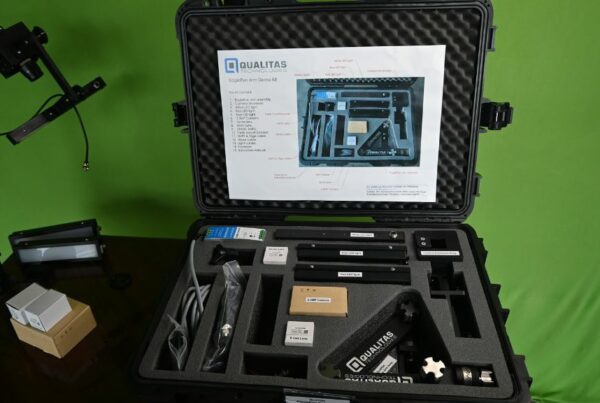Machine Vision lighting is expensive, and the customer may be tempted to opt for much cheaper LED lights. As we all know, the better the image, the more effective is the machine vision solution. However, what most do not realize is that the lighting system is crucial in producing the right image.
Various parameters as wavelength, angle of illumination and contrast have to be carefully considered while setting up the vision system. Since machine vision systems perform best under controlled conditions, it is equally important to ensure that there is least possible interference due to exposure of object to natural light.
There are two aspects to choosing the right illumination, structure of the light (in terms of how the rays of light fall on the object of inspection) and wavelength (color) of the light. Take the example of the adjacent object shown.
As observed in the set of images below, the dome light with red LEds (left) transmits light all angles and makes the surface appear evenly illuminated. As a result of this, the red print is not visible. The ring light (right) allows for great contrast between background and the red print, making detection easy.
Brightness of the light is equally important. A low-light imaging setup will end up increasing computing cycles, thereby reducing the system processing capability. The generalized rule in machine vision lighting is that lighting must produce maximum contrast, enabling easy detection, laying less load on the system, better repeatability and increased performance.





